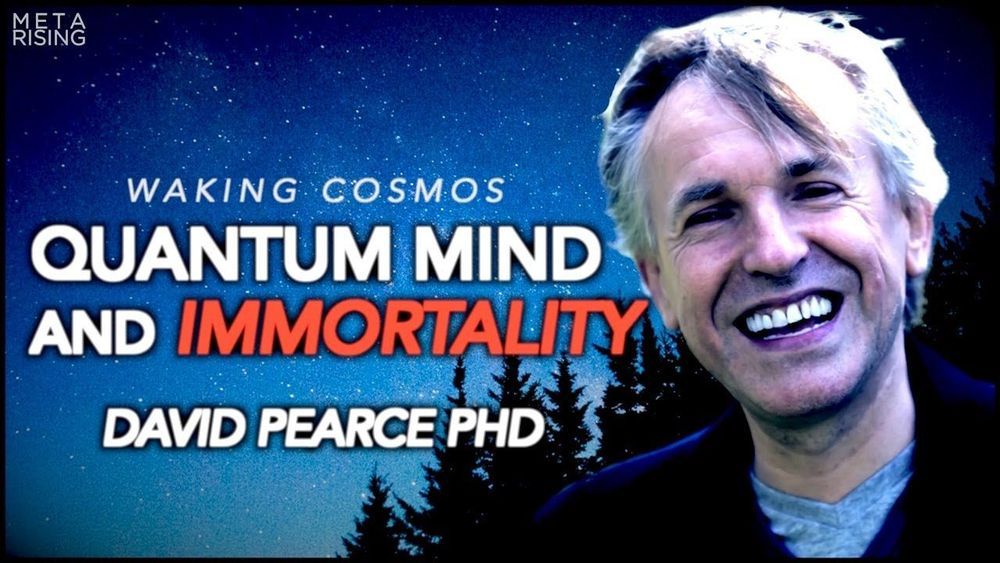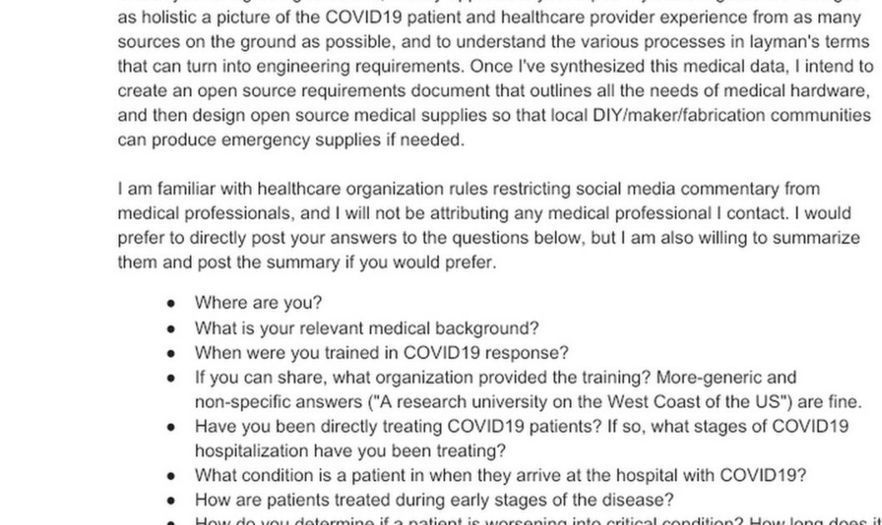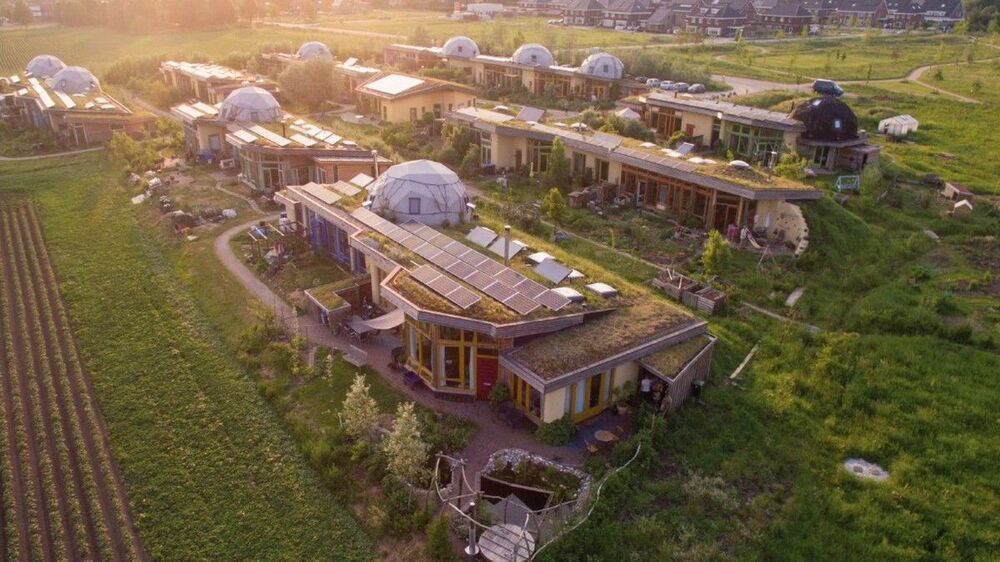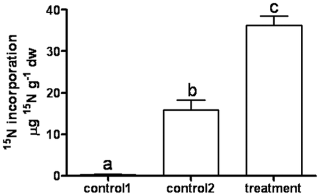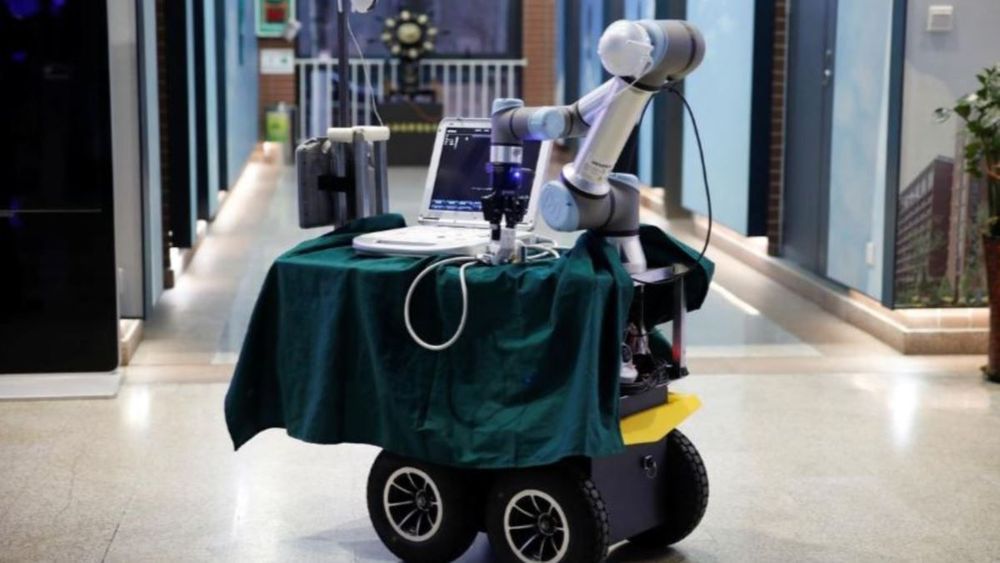Mar 11, 2020
Quantum Mind, Immortality, and the End of Suffering | David Pearce | Waking Cosmos
Posted by Kelvin Dafiaghor in categories: life extension, quantum physics, transhumanism
Subjects: consciousness, psychedelics, panpsychism, transhumanism, abolishing suffering, death and immortality.
My guest today is David Pearce, a well known philosopher and transhumanist, yet his views about consciousness set him apart from other transhumanists you might be familiar with. David believes that the nature of consciousness goes much deeper than can be explained through classical physics or from within a materialist paradigm. He suspects that consciousness may reflect an intrinsic feature of reality. Whether or not this is the case, David is confident that the unity of consciousness is facilitated by a quantum unity occurring in the brain. As a result, David is skeptical about the possibility of classical computation-based “mind uploading” or truly conscious artificial intelligences arriving in the foreseeable future. But while our descendents will continue to be biological, they will however be dramatically different to us, not only with their indefinite lifespan, physical fortitude, and resilience to disease, but most significantly, in the structure of their minds. According to David, our great grandchildren will inhabit profoundly blissful mind spaces which exist exclusively “above hedonic zero”. They will have abandoned retributive emotions such as jealousy and anger, and their ordinary conscious states will be comparable to today’s peak experiences. Most significantly for David, our descendants will set their sites on abolishing suffering in all sentient life on this planet, and finally, the entire reachable universe.
